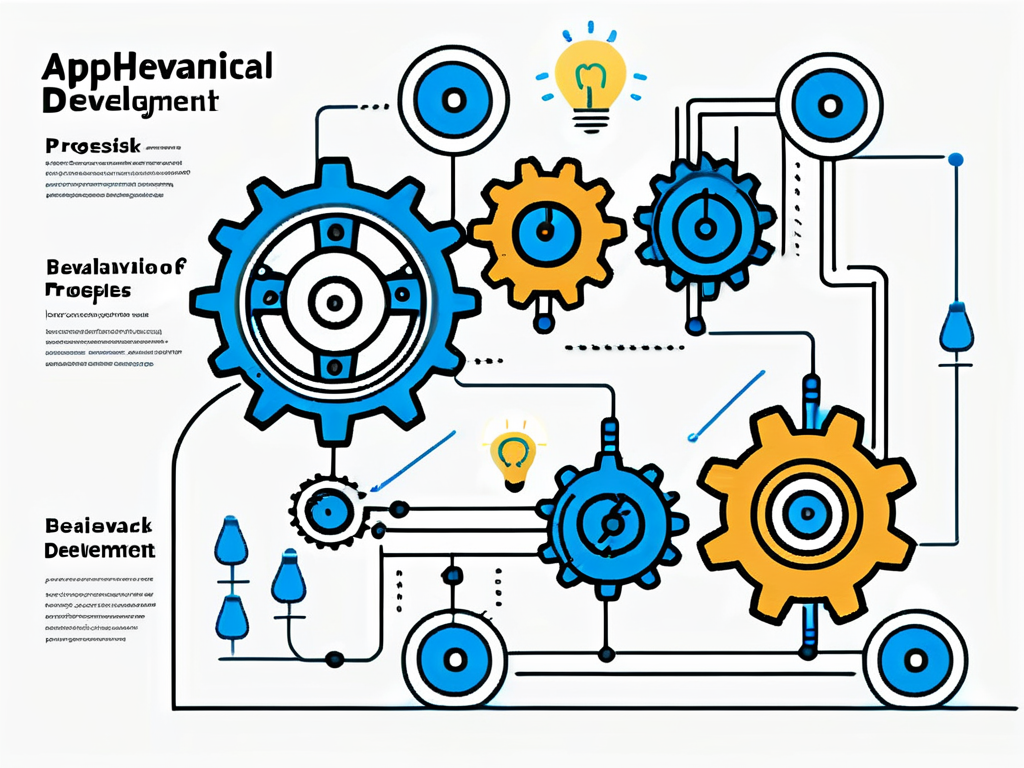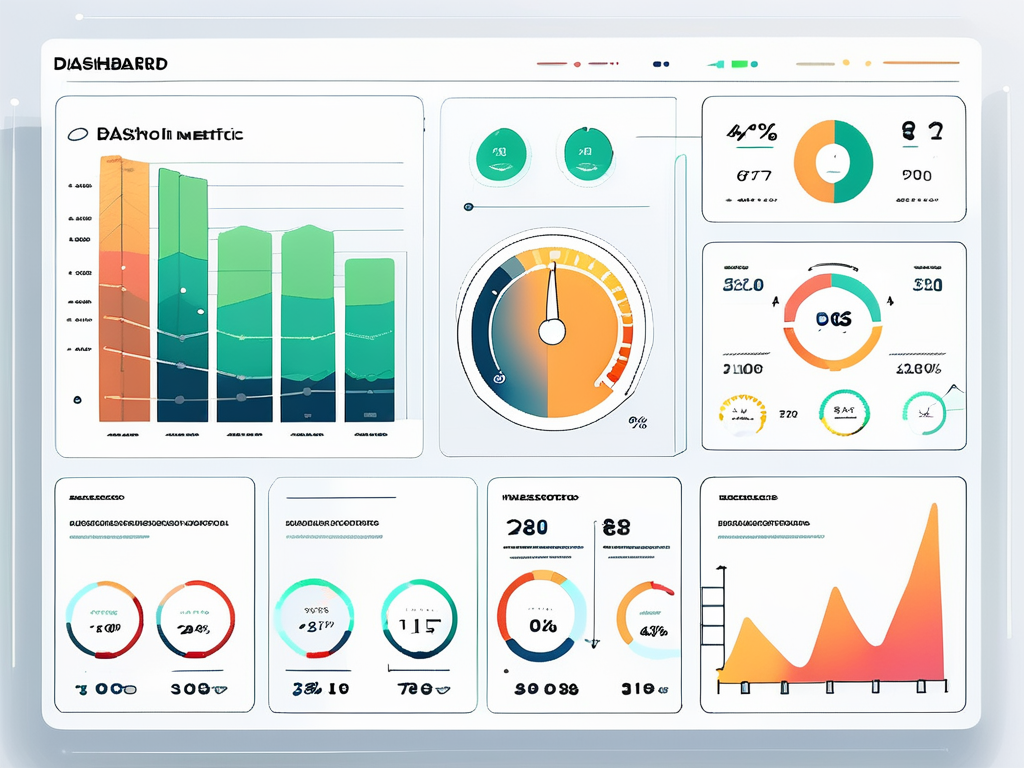Understanding Behavioral Design
Behavioral design combines psychology, economics, and design to influence user actions. By recognizing the habits, preferences, and motivations of users, developers can create apps that not only meet user needs but also enhance their overall experience. This understanding forms the foundation of successful app design, as it directly corresponds to user satisfaction and retention.
The Basics of Behavioral Design
The core idea of behavioral design is to create environments that help individuals make better choices by structuring the context in which decisions are made. This involves identifying triggers that prompt specific behaviors and designing pathways that facilitate desired outcomes. It's about not just what a user can do with an app, but how easily they can do it.
One critical element is the concept of nudging, where subtle prompts encourage users towards beneficial behaviors. For instance, a fitness app may send reminders to encourage regular workouts, thereby aiding users in maintaining their fitness goals. By understanding these principles, app developers can create a more intuitive and engaging user experience. Additionally, the use of positive reinforcement, such as rewards or badges for completing tasks, can further motivate users, creating a sense of achievement that enhances their commitment to using the app.
The Role of Behavioral Design in App Development
Behavioral design plays an essential role in app development by ensuring that every aspect of the app aligns with user behavior. From the initial on-boarding experience to daily interactions, every touchpoint should consider how users think and act. This alignment helps to reduce friction, making it easier for users to achieve their goals within the app.
Effective behavioral design leads to apps that naturally encourage users to engage more frequently and deeply. Apps like Duolingo capitalize on this by incorporating game-like elements that keep learners motivated and coming back for more. With the right behavioral design strategies, apps can transform how users interact and relate to them. Furthermore, the integration of social features, such as sharing achievements or competing with friends, can amplify user engagement by tapping into the social motivations that drive many users. By fostering a community within the app, developers can create a supportive environment that not only enhances learning but also builds lasting connections among users.

Steps to Incorporate Behavioral Design in Your App
Incorporating behavioral design into your app development process may seem daunting, but by following structured steps, it can become a manageable and rewarding endeavor. Here are the key steps to achieve that.
Identifying User Behaviors
The first step in utilizing behavioral design is to clearly identify the behaviors you want your users to exhibit. This requires conducting comprehensive research into user needs and preferences. Techniques such as surveys, user interviews, and focus groups can significantly inform your understanding.
Analyzing user data and feedback will help in identifying patterns and trends in behavior. Once you have a clear picture of the desired user actions, you can start designing features that encourage and facilitate these behaviors. Additionally, employing analytics tools can provide deeper insights into user interactions within your app, revealing not just what users do, but also when and why they do it. This data-driven approach ensures that your design decisions are grounded in real user experiences, making your app more relevant and effective.
Designing for Desired User Actions
With a clear understanding of user behaviors, the next step is to design your app with those actions in mind. This includes creating intuitive navigation paths that lead users towards desired actions. Icons, buttons, and other interactive elements should be easily recognizable and positioned in ways that are most natural for users.
Visual design also plays a crucial role here. By employing principles such as color psychology, typography, and layout, designers can create engaging interfaces that naturally guide users towards certain behaviors, enhancing overall user experience. For instance, using contrasting colors for call-to-action buttons can draw attention and encourage clicks, while a clean and organized layout can reduce cognitive load, making it easier for users to navigate through the app. Furthermore, incorporating micro-interactions—small animations or responses to user actions—can provide immediate feedback, reinforcing the desired behaviors and making the app feel more responsive and alive.
Implementing Behavioral Triggers
Behavioral triggers are cues that prompt users to take action. Implementing these effectively can significantly increase user engagement. Examples include push notifications, reminders, or even gamified elements that inspire users to return and interact with the app.
Understanding the timing and frequency of these triggers is essential. Overloading users with too many reminders can lead to dismissal of notifications, while too few may result in users forgetting about the app. Finding the right balance is key to fostering user engagement without causing annoyance. Additionally, personalizing these triggers based on user behavior can enhance their effectiveness; for example, sending tailored notifications that reflect a user’s past interactions or preferences can create a more meaningful connection and encourage them to engage with the app more frequently. By analyzing how users respond to these triggers, you can continually refine and optimize your approach, ensuring that your app remains relevant and engaging over time.

Key Principles of Behavioral Design
There are several fundamental principles of behavioral design that can help you create a successful app. These principles guide the design process and help ensure that users' needs, motivations, and preferences are met effectively.
Simplicity in Design
Simplicity is one of the most effective principles of behavioral design. A clean, straightforward interface reduces cognitive load, allowing users to navigate your app effortlessly. Streamlined design encourages exploration and minimizes frustration, which is crucial for retaining users.
To achieve simplicity, designers should focus on essential features and avoid cluttering the interface with unnecessary elements. A minimalist approach can significantly enhance user experience, ensuring users can easily achieve their goals without distraction. Furthermore, employing consistent visual elements such as color schemes and typography can create a cohesive look that reinforces usability. This consistency helps users feel more comfortable and familiar with the app, ultimately leading to increased satisfaction and loyalty.
Personalization and Customization
Personalization is an essential aspect of behavioral design that can greatly enhance user engagement. Apps that allow users to customize their experiences tend to perform better. This can include personalized content recommendations, tailored notifications, and adjustable settings to suit individual preferences.
By acknowledging users' unique needs and preferences, developers can create a more relevant experience that keeps users engaged and invested in the app. For example, music streaming apps utilize algorithms to curate playlists based on user listening habits, significantly enhancing user satisfaction. Additionally, incorporating user feedback into the personalization process can further refine the experience, allowing for dynamic adjustments based on changing preferences. This ongoing adaptation not only fosters a deeper connection between the user and the app but also encourages a sense of ownership over the experience.
Reward Systems and Feedback
Implementing reward systems and providing feedback are critical components of behavioral design that encourage repeated use. Users thrive on feedback that recognizes their actions, whether it’s simple acknowledgment, progress tracking, or tangible rewards like discounts or bonuses.
For instance, fitness apps often gamify user achievements by offering badges or points for reaching milestones. This not only fosters a sense of accomplishment but also creates a conducive environment for continued engagement. Feedback loops provide users with valuable insights about their performance and motivate them to stick with the app. Moreover, integrating social elements, such as sharing achievements with friends or competing in challenges, can amplify the motivational aspect of reward systems. This social validation can further enhance user commitment and create a community around the app, encouraging users to return regularly and engage with the content more deeply.

Measuring the Success of Your Behavioral Design
Once you have incorporated behavioral design into your app, it is essential to measure its success. This involves assessing user interactions and determining how well the app meets its intended objectives.
User Engagement Metrics
User engagement metrics, such as daily active users, session duration, and interaction rates, are key indicators of how effectively your app is resonating with its audience. Monitoring these metrics can help you identify strengths and weaknesses within your app’s design and functionality.
Tools like analytics software can provide valuable insights into user behavior, allowing developers to make informed adjustments or enhancements to improve overall engagement.
User Retention Rates
Measuring user retention rates offers insights into how well your app encourages users to return. High retention rates indicate successful behavioral design, as satisfied users will likely revisit the app consistently. Strategies such as implementing onboarding processes and ongoing engagement tactics can help maintain these rates.
Analyzing the causes for churn can guide adjustments in design or features, supporting a continuous cycle of improvement in user retention.
Conversion Rates
Finally, tracking conversion rates is vital to measuring the overall success of your app. This metric shows how effectively the app drives users to take desired actions, such as making purchases, signing up for newsletters, or engaging with premium content.
Understanding conversion rates can illuminate areas where your behavioral design might be failing and help you implement changes that improve overall performance. By refining your approach based on these metrics, you can create a more successful app that caters to user needs and drives desired behaviors.
Ready to elevate your app's success with the right agency or service provider? Look no further than Refetrust, your trusted B2B marketplace for finding partners that can enhance your behavioral design strategy and drive user engagement. With our extensive database, verified reviews, and commitment to transparency, we streamline your search for quality agencies, saving you time and supporting your strategic growth. Discover how Refetrust can empower your organization's efficiency and innovation today.





